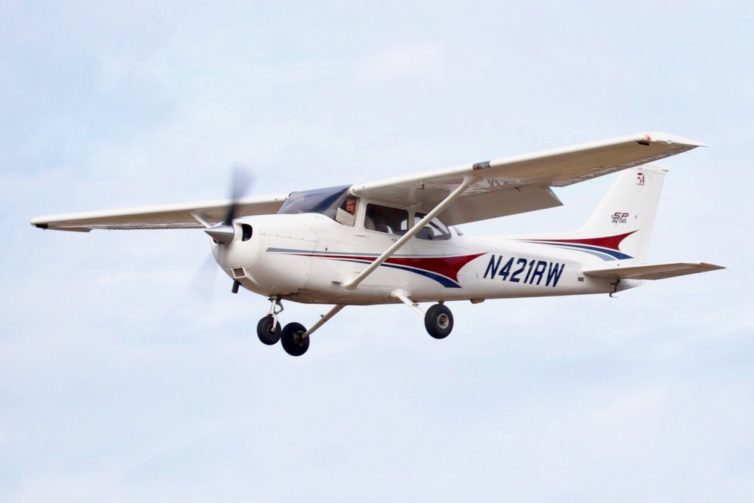
I did it! I flew an airplane totally by myself over the Labor Day weekend. It was, in absolutely equal parts, terrifying and exhilarating.
Doing this was the culmination of a lifelong dream. Unlike a lot of airplane nerds, I don’t have any close family who had ties to aviation. Instead, all of this started for me as a boy – my grandmother would take my brother and me to our little local general aviation (GA) airport in Western Massachusetts, where we’d lie on the hood of her “69 Beetle and watch skydivers while eating ice cream. My interest in planes waxed and waned over the years, but never really went away. There was a time when *gasp* I was afraid of flying – my first-ever flight experience was a very turbulent series of flights down the Atlantic Coast in the height of summer that put me off flying for a long time.
Fast forward to about a decade ago, when my wife got us a helicopter tour of Seattle for my birthday. The desire to fly returned with a vengeance. And the fear had long faded.
Anyway, at a flight school like Galvin, periodic stage checks ensure students are properly prepared to advance to the next segment of training by having them work with different instructors, who both confirm the students’ competency and verify that the primary instructor has done their work properly. Some find the process cumbersome; for me the rigor is comforting.
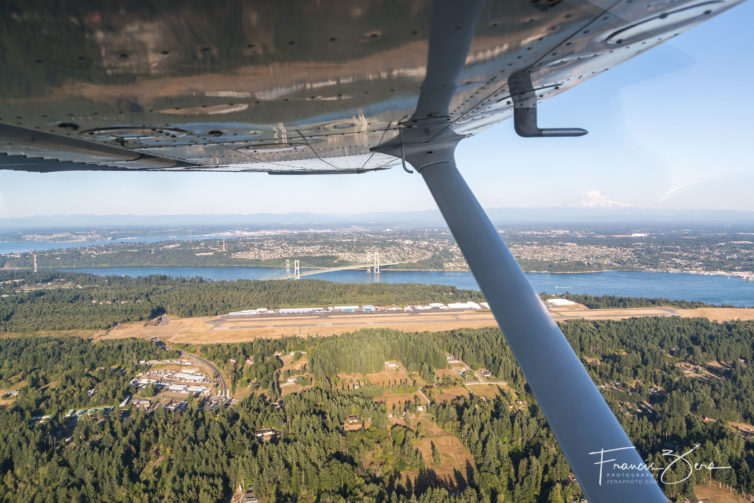
A few weeks ago, I completed the written pre-solo exam and Cessna 172S checkout paperwork. Both tests are specific to Galvin’s flight school/rental program. The former test covered lots of flight-safety topics, while the checkout test covered aircraft-specific things like performing weight and balance calculations, flight planning, fuel consumption, takeoff and landing distances based on hypothetical weight and balance figures, and so on.
I’ve had to back off the frequency of flight training a bit; this is definitely an expensive exercise. I’ve gone from flying two or three times a week to three times every two weeks to stretch the budget a bit. This is, based on conversations with fellow students, also nothing out of the ordinary.
That pacing, though, has made me feel like my skills have been stagnating a bit. I had a frustrating flight a week or so ago, where nothing seemed to go smoothly and my memory of the required procedures needed refreshing by the instructor, rather than my just doing them without prompting; it was disheartening.
There have been a couple of flights like that.
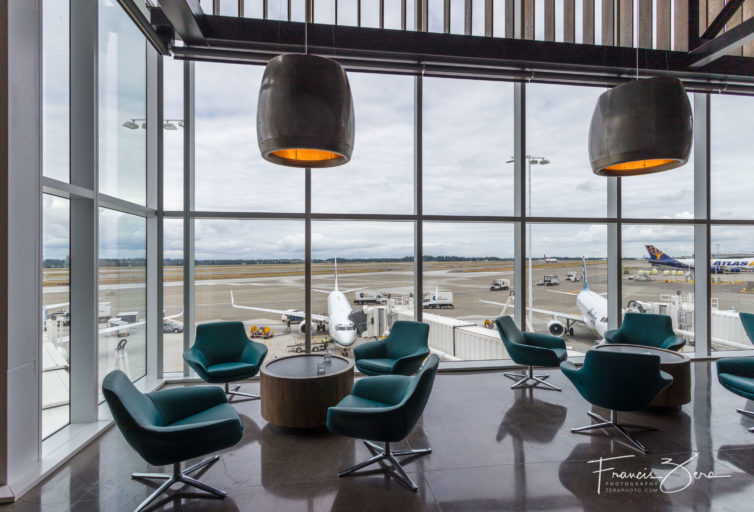
Alaska Airlines has upped their game by opening a huge new flagship lounge at Seattle-Tacoma International Airport on July 12. We got to tour the new lounge during a media preview the day before it officially opened.
The new lounge is part of a $658.3 million update that the airport is currently building at the North Satellite facility; with the completion of this phase, the work is approximately 1/3 complete, according to Sea-Tac Airport Managing Director Lance Lyttle. Construction got underway back in February, 2017.
The project adds eight gates, 255,000 square feet of space, and several new restaurants and shops to the airport.
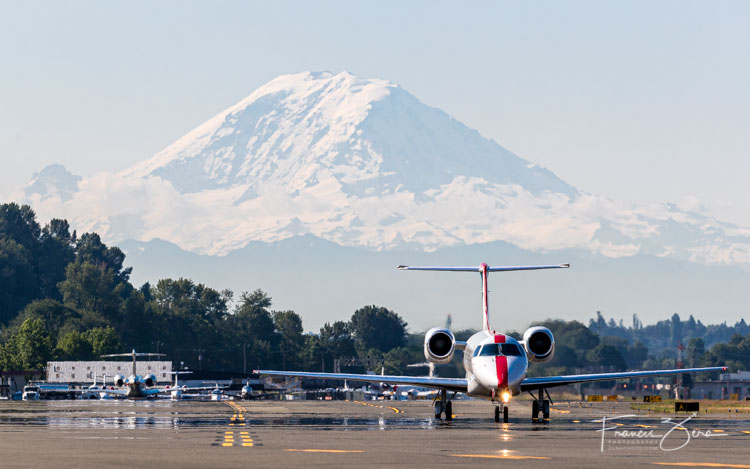
Simple, fast, efficient, comfortable, and reasonably-priced air travel. What’s not to like? JetSuiteX kicked off scheduled service between Seattle and Oakland, Calif., on July 1, with three flights per day between the two cities. This means that the metro Seattle area now has three airports offering scheduled passenger service: Seattle-Tacoma International Airport (SEA); Paine Field […]
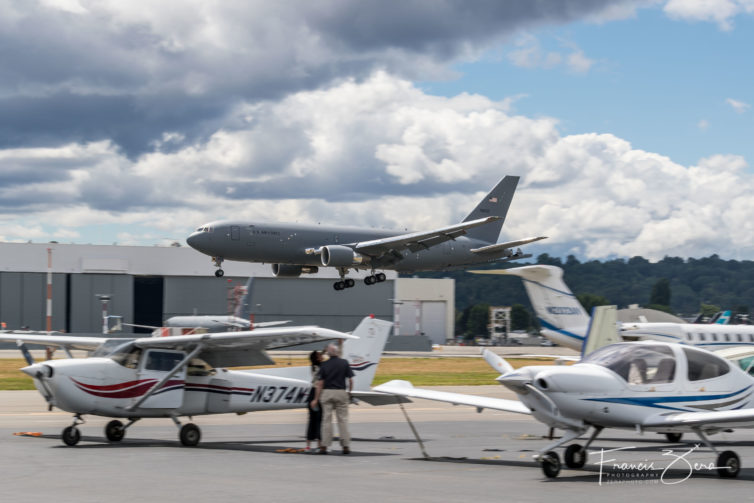
This is a continuation of my multi-part series on learning to fly. You can read the whole Fly With Francis series here. I passed the FAA written exam two weeks ago. I’ve never been so excited about what amounts to a B+ on a test. But it was a solid pass, as a 70 (or the […]




